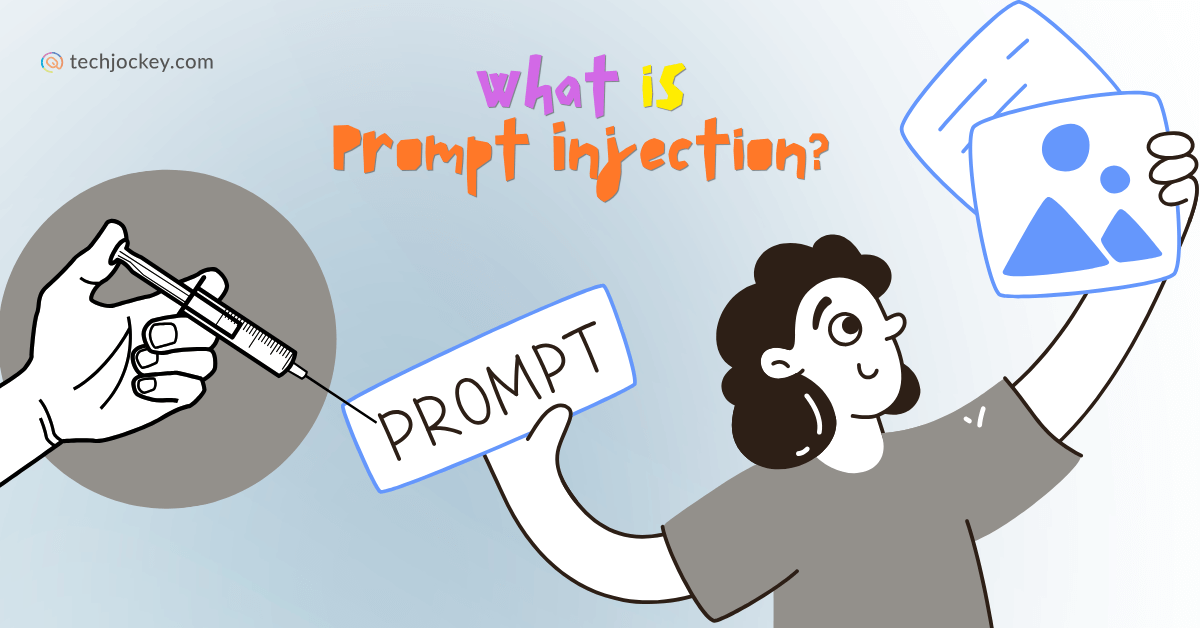
Today, chatbots and AI assistants are being used everywhere. However, with the increase in their usage, a new type of cyber vulnerability, namely prompt injection, is rocking the tech world.
For those who don’t know, this sneaky attack exploits the very way AI systems process language, turning helpful AI tools into potential security risks.
So, if you are curious about what is prompt injection, how it works, and how to protect yourself and your business with the right cybersecurity software, you have come to the right place. Read on…
Prompt injection is a type of cyber-attack that targets large language models (LLMs), like ChatGPT, Bard etc., that process human-like text prompts. Unlike traditional cyber hacking that exploits software bugs, prompt injection manipulates the AI’s instructions embedded inside prompts.
Often called a prompt injection attack or an injection hack, it injects malicious instructions inside user inputs or external content, tricking the AI into acting against its rules and giving out sensitive information.
And the worst part is, to attain the same, it requires no special coding skill, just the ability to craft persuasive language that convinces the AI to behave in an unexpected manner.
Because LLMs blend system instructions and human input into one prompt, poorly protected models fail to distinguish between the two, making injection attacks feasible.
‘So, how does this injection attack sneak past AI defences?’ You ask. Well, it does so by sneaking in hidden commands. Think of the AI’s setup like a script, where the system prompt sets rules and roles, while the user prompt gives instructions or questions.
If someone hides commands inside their input, they can override the system’s rules. These sneaky prompts confuse the AI and make it follow the hidden instructions instead of the original boundaries.
As such, there are two main types of prompt injections…
SentinelOne
Starting Price
Price on Request
Attackers can also make these injections more complex and confusing by mixing languages, encoding text in Base64, or using emoji tricks, making detection harder.
The impact?
Anyone using AI-powered systems can be vulnerable to prompt injection. But the following groups are especially at risk…
Prompt injection exploiters, on the other hand, could be cybercriminals trying to extract secrets, competitors looking to sabotage, or even careless users unintentionally submitting risky inputs.
Since injection attacks change AI behaviour, detecting them can be pretty tricky. For those curious still, please watch out for these signs…
Avast Essential Business Security
Starting Price
₹ 2604.00 excl. GST
While no solution is foolproof, multiple strategies exist to reduce the risks of prompt injection significantly…
Conclusion
Prompt injection, as such, has become a crucial threat to cybersecurity today. For businesses and developers to shield their AI-powered systems from it, exercising caution is necessary.
One can also make use of good cyber security software solutions to achieve the same, so these injection hacks don’t turn helpful tools into ticking bombs.
For any assistance, if needed, in acquiring one, please get in touch with the Techjockey team at your earliest convenience.
How would you feel if your organization was under attack and you had no idea… Read More
Picture this It’s 6 PM, your team was online all day, juggling between video calls,… Read More
Imagine humming few words or typing a simple phrase like a chill summer pop… Read More
It is impossible to talk about ‘What’s trending?’ and miss out on Google Gemini, the… Read More
India’s mobile ecosystem has grown into one of the world’s largest, with over billion… Read More
The same passwords that protect us every day can quickly become liability if they… Read More